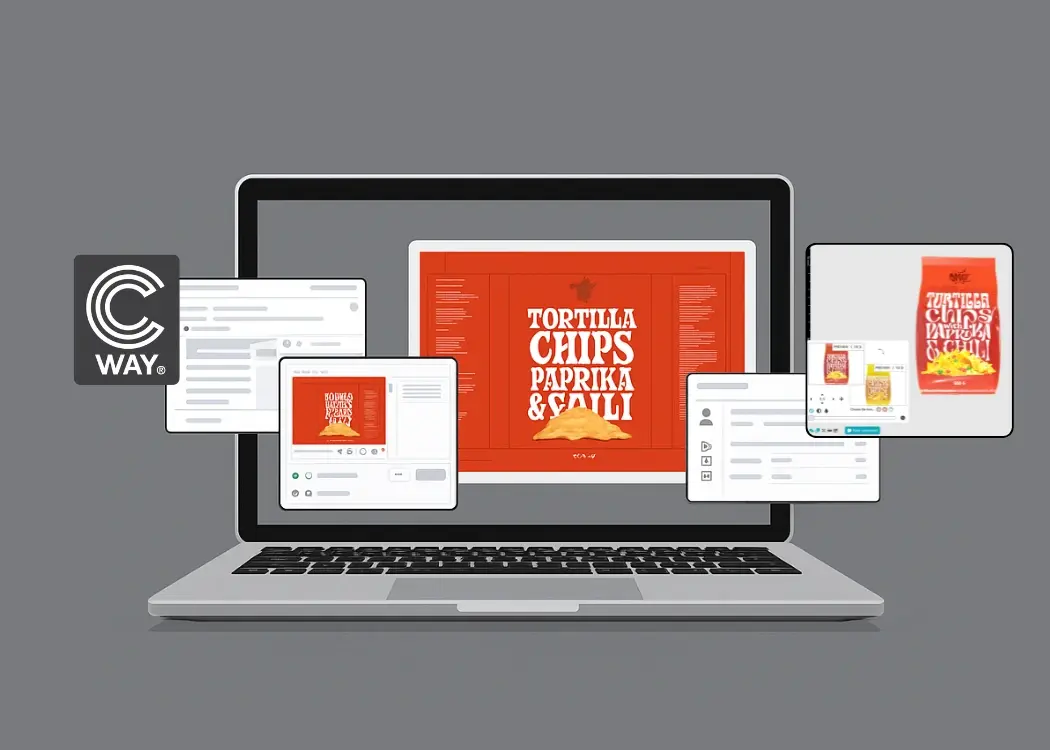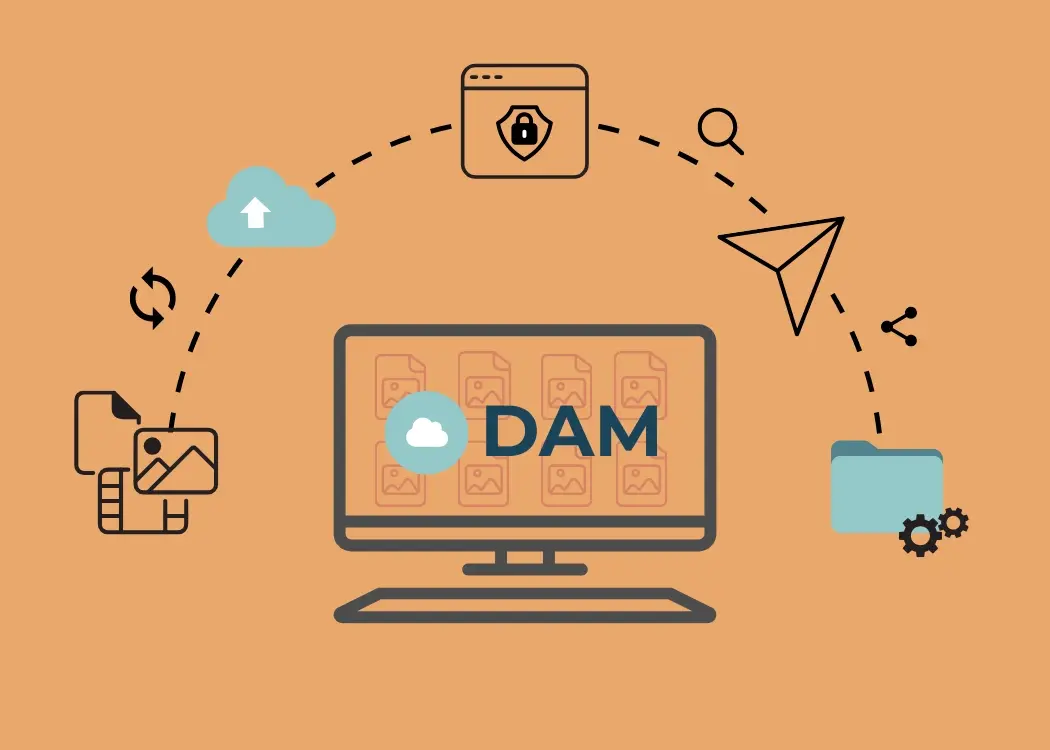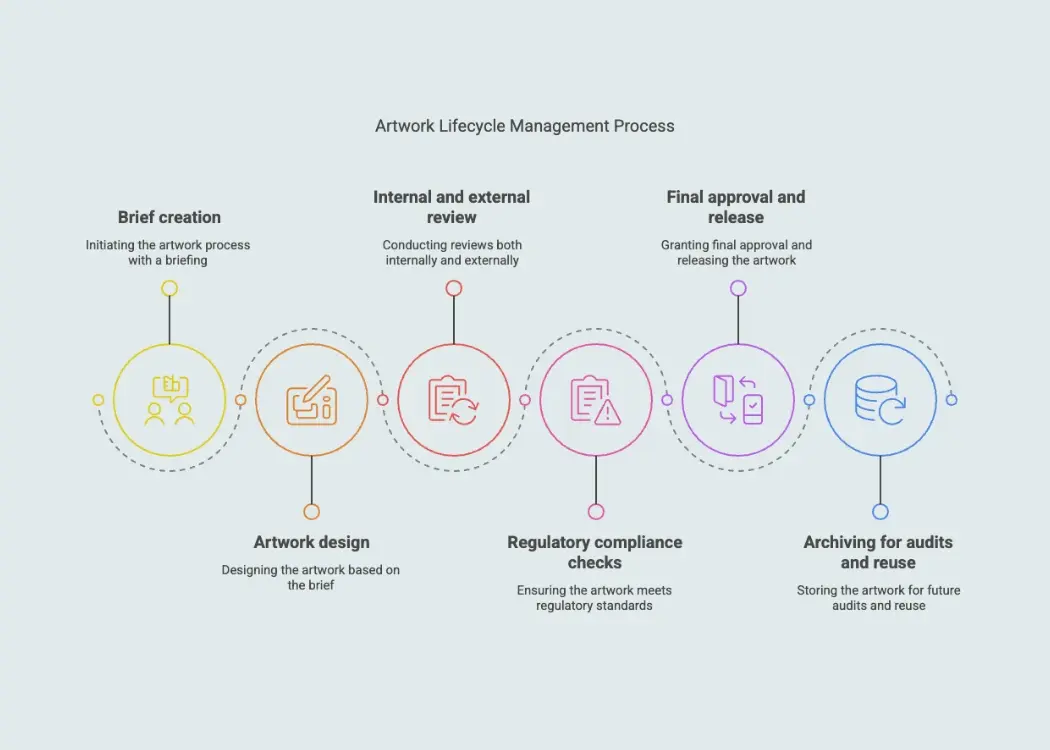Top tips for selecting the right digital asset management tool
So, you’re wondering how to choose a digital asset management system—not just any system, but the one that’s going to streamline your work, cut...
3 min read
 William Janeway
:
October 21, 2025 at 10:15 AM
William Janeway
:
October 21, 2025 at 10:15 AM

In this article, we’ll explore how product information management (PIM) plays a critical role in streamlining packaging workflows. From reducing costly errors to accelerating product launches, learn how centralizing product data can transform your packaging process—with real-world benefits from platforms like Cway® software.
Product information management (PIM) refers to the process and systems used to collect, enrich, manage, and distribute product data across all customer touchpoints. From e-commerce platforms to retail packaging, PIM ensures that product specs, pricing, compliance data, and digital assets remain accurate and consistent.
As digital channels multiply and consumer expectations evolve, a single source of truth for product data becomes critical. Without it, the risks are real: costly errors, regulatory missteps, and broken brand trust. PIM is what allows businesses to move confidently, knowing their product information is complete, compliant, and tailored to each market.
At the heart of every omnichannel strategy is a simple goal: deliver a seamless customer experience across every channel. That can’t happen if your product data is fractured across spreadsheets, email chains, or disconnected systems.
Here’s how a strong PIM foundation enables omnichannel success:
Whether it's a product detail page online or a printed label, the information must match. Inconsistent data leads to confusion, lost sales, and compliance risks. Ensuring alignment across channels starts with a solid product content process—explore how teams are streamlining product content workflows to stay consistent at every touchpoint.
Automated workflows and centralized data eliminate bottlenecks and manual re-entry. Teams can move faster because every step—from concept to approval—is streamlined and visible. See how Cway helps brands cut delays and accelerate launches in 5 ways to boost your speed to market with Cway.
With built-in validation and version control, teams can ensure every market's rules are followed. Clear tracking and approval histories reduce the risk of releasing outdated or non-compliant content. Discover how packaging teams use version control systems to stay compliant and audit-ready with Cway’s structured approach.
Tailor specifications, translations, and marketing language to regional needs—without reinventing the wheel. Managing localization at scale is easier when your brand voice and product data stay consistent—explore how Cway helps teams keep brand consistency across multiple channels, even in complex multilingual markets.
PIM isn’t just about storing product data—it’s about making it smarter.
Once a centralized system is in place, the next step is enrichment. This involves developing a structured attribute framework that covers everything from technical specs to compliance requirements. Modern PIM systems can:
Pull data automatically from ERP, CRM, DAM, and supplier portals
Validate and enrich product content using AI-powered tools
Translate and contextualize content for local markets and channels
Accelerate approvals and reduce errors through workflow automation
The result? Product content that’s not only accurate but compelling and channel-ready.
As brands scale, so does the complexity of their operations. That’s why integration is no longer optional—it’s essential.
Future-ready PIM systems connect seamlessly with e-commerce platforms, digital asset management (DAM) tools, regulatory systems, and marketing automation solutions. With real-time syncs, open APIs, and role-based permissions, teams can:
Automate data flows between departments and platforms
Update product content globally with a single action
Maintain control and compliance over who sees and edits what
Leverage analytics to improve performance and content accuracy
This interconnected ecosystem supports smarter decision-making, faster rollouts, and a more agile go-to-market strategy.
Cway isn’t a traditional PIM system—it’s a collaborative artwork management platform designed to sit at the intersection of product data, packaging, and creative workflows.
With Cway, teams can:
Centralize and organize all product-related content, artwork files, and approvals in one platform
Collaborate in real-time across departments—from regulatory to marketing to design
Automate version control, artwork updates, and compliance checks
Connect seamlessly with existing ERP, DAM, and e-commerce systems
By bridging the gap between product data and creative execution, Cway makes it easier for brands to deliver consistent, compliant, and compelling product experiences across every channel.
Learn more about how Cway supports product and artwork workflows.
The brands winning in today’s market are those that treat product information as a strategic asset—not a back-office function. With the right tools, structure, and collaboration in place, PIM becomes more than just data management—it becomes a growth enabler.
Cway helps modern teams move faster, reduce errors, and unify their omnichannel execution—from idea to shelf.
Ready to build your PIM foundation for omnichannel success?

So, you’re wondering how to choose a digital asset management system—not just any system, but the one that’s going to streamline your work, cut...

Delays, miscommunication, and costly packaging errors—sound familiar? These are just a few of the challenges companies face when managing product...

Automated artwork management is transforming how brands, agencies, and printers manage their packaging design process. In this article, we explore...